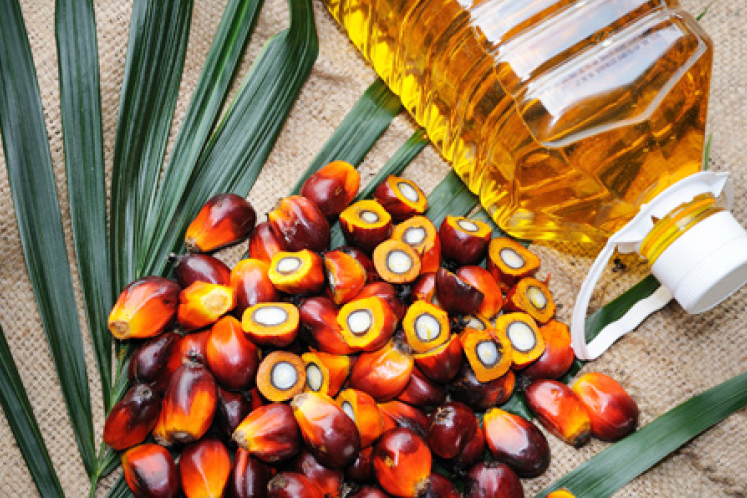
KUALA LUMPUR/MUMBAI (Oct 8): Palm oil prices are likely to jump in the first half of 2021, three leading industry analysts said in a webinar on Thursday, as La Nina weather pattern is set to hit edible oil supplies amid lower soybean crushing in Argentina and rising sunflower oil prices.
Heavy rainfall brought on by La Nina has started to disrupt output in Southeast Asian palm producing countries and will bring down global supply this year, said analyst James Fry.
However, the rain and better estate maintenance due to current high palm prices will significantly boost supply in 2021, said Fry, who heads commodities consultancy LMC International.
“Look out for a La Nina-induced price rally from January 2021 with soyoil leading the way,” said Dorab Mistry, director of Indian consumer goods company Godrej International.
Vegetable oil prices next year should be higher due to improved demand and tighter supply of soft oils such as soyoil and sunflower oil, Mistry said.
Thomas Mielke, the executive director of Oil World, forecast Indonesian crude palm oil price in January-June 2021 would rise to US$700 a tonne.
Malaysia’s benchmark crude palm oil contract has slumped about 7% so far this year, to RM2,888 (US$695.90) a tonne on Thursday, as the COVID-19 pandemic hurt demand.
Losses were pared by a recent rally in edible oil prices due to stockpiling by top buyer China for food security measures.
The rally in sunflower oil due to a lower crop has also been making soyoil and palm oil attractive to price sensitive buyers.
China’s stocking policy is expected to continue with fund buying and, combined with problems in Argentina’s soybean crushing, could further increase palm prices, Mielke said.
“If consumer buying plus funds buying (come together), it is possible that we temporarily reach RM3,200,” he said.
Argentina’s soy crushing volume is set to drop around 9.5% this year, as growers in the world’s top exporter of processed soymeal and soyoil hoard beans due to unfavourable prices and taxes.
But Fry warned higher palm prices could dampen consumer demand, especially in lower income countries.
Besides, the higher palm prices cannot sustain without higher crude prices, he added.
Source : The Edge Markets

